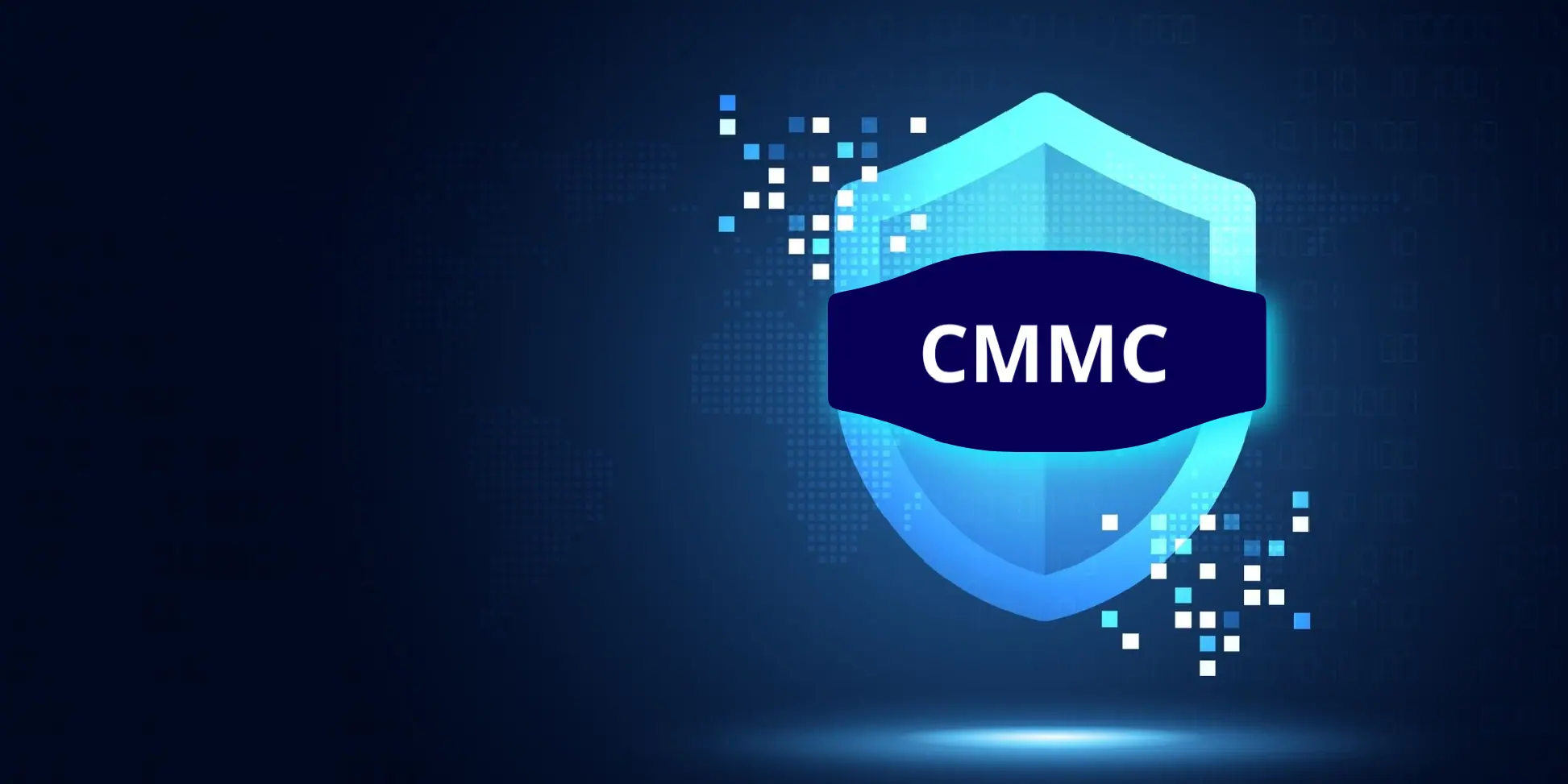Decoding CMMC Compliance: What You Need to Know
CMMC compliance ensures businesses meet cybersecurity standards to protect sensitive government data. It involves multiple maturity levels, each requiring specific security practices and processes. Organizations must undergo assessments to certify compliance based on the level of data they handle. Staying updated on CMMC guidelines helps businesses align with evolving federal requirements, safeguarding contracts and mitigating risks. Proactive preparation is essential for smooth certification and maintaining partnerships within government supply chains.
Introduction to CMMC Compliance
Protecting sensitive data is more critical than ever during swift technological development and rising cyber threats. This is especially true for organizations engaged in contracts and operations with the Department of Defense (DoD), where national security is a top priority. The U.S. government is introducing and elevating the CMMC compliance framework, recognizing the necessity of elevating cybersecurity standards. CMMC, or Cybersecurity Maturity Model Certification, is a rigorous standard that mandates businesses to adhere to strict cybersecurity practices, including those of defense contractors, to protect sensitive information and minimize potential national security risks.
Understanding CMMC Compliance
The CMMC framework is a systematic approach that helps organizations enhance their cybersecurity defenses. It comprises five maturity levels, each representing a progression towards more robust measures. This approach acknowledges different organizations’ unique needs and resources while maintaining a comprehensive standard. It facilitates the tiered enhancement of cybersecurity practices, enabling small businesses to take achievable steps to safeguard their information. It encourages continuous improvement and integration of best practices into daily operations.
Why CMMC Compliance Matters
CMMC compliance is crucial for companies to maintain government contracts, especially with the DoD. Failure to meet standards can lead to contract disqualification, financial penalties, and reputational damage. Implementing cybersecurity standards protects defense-related data from cyber threats. Adhering to CMMC standards is a strategic investment in a company’s long-term viability and the nation’s security infrastructure, positioning organizations as reliable partners in safeguarding critical information.
How CMMC Differs From Other Compliance Standards
CMMC is a cybersecurity compliance standard focusing on the defense sector’s unique needs. It amalgamates NIST and ISO 27001 to create an industry-specific, role-based framework. CMMC requires verified assessments to demonstrate cybersecurity maturity through clear, documented evidence. It emphasizes continuous evaluation and improvement, with periodic certifications only needed. This distinction highlights CMMC’s commitment to adapting to evolving threats and ensuring organizations maintain vigilant defenses aligned with national security objectives.
The Five Levels of CMMC
- Level 1: Basic cyber hygiene, primarily suitable for smaller entities focusing on fundamental cybersecurity practices. It includes safeguarding federal contract information through simple requirements like implementing antivirus solutions and maintaining up-to-date systems.
- Level 2: Intermediate cyber hygiene is a transition level, preparing companies for the more stringent controls required at higher maturity levels. It encompasses structured policies and enhanced protective measures to ensure consistent security processes.
- Level 3: Good cyber hygiene is a crucial level that introduces comprehensive protections for Controlled Unclassified Information (CUI). Organizations implement practices and procedures based on NIST SP 800-171 at this level, addressing various security concerns.
- Level 4: Proactive cyber strategies designed to identify and correct vulnerabilities promptly. This level focuses on advanced practices, such as incident response planning and threat intelligence gathering, to fortify defenses against adversarial attacks.
- Level 5: Advanced/progressive practices that ensure the most formidable cybersecurity defenses are in place. The emphasis shifts toward continuous monitoring and improvement, leveraging cutting-edge technologies to create adaptive and resilient security frameworks.
Steps to Achieve CMMC Compliance
The path to achieving CMMC compliance is multifaceted, necessitating a strategic and thorough approach:
- Understand the CMMC Levels: Based on the nature of the contracts and the sensitivity of the information being handled, determine the specific level of compliance required. This initial evaluation ensures resources are allocated appropriately to meet the requirements.
- Conduct a Gap Analysis: Conduct a thorough review to find differences between the CMMC criteria and actual cybersecurity measures. This analysis reveals areas needing enhancement and helps prioritize actions for efficient compliance.
- Develop an Implementation Plan: Establish a detailed roadmap to address the identified gaps, which may require implementing new technologies, redefining policies, and facilitating extensive employee training to strengthen cybersecurity literacy and readiness.
- Undergo CMMC Assessment: Engage a certified third-party assessor to evaluate the organization’s compliance level thoroughly. This assessment involves evidence-based verification to demonstrate adherence to the appropriate CMMC level.
- Continue Monitoring and Improvement: Adopt an adaptive approach to compliance through regular reviews and enhancements of cybersecurity practices. Organizations should remain vigilant to emerging threats and technological advancements to maintain robust defenses over time.
The Future of CMMC Compliance
As technology continues to evolve, so does the landscape of cyber threats, necessitating ongoing updates to the CMMC framework. These updates are crucial for addressing new vulnerabilities and integrating advanced defense mechanisms into the standard. The continuous development and adaptation of CMMC are not merely necessities but assurances that the framework will remain relevant and effective in mitigating the ever-changing risks posed to defense contractors and the broader supply chain. Organizations proactively aligning with the evolving CMMC standards will likely gain a competitive advantage, positioning themselves as trusted partners in the national security ecosystem.
Challenges in Meeting CMMC Requirements
Achieving and maintaining CMMC compliance can present several challenges for organizations. Financial constraints are often cited as a major impediment, as implementing higher maturity levels requires significant investment in state-of-the-art cyber defenses. Beyond economic considerations, the complexity of understanding the full scope of CMMC requirements poses challenges, requiring specialized knowledge and expertise, which can be rare and costly. Moreover, maintaining compliance demands ongoing diligence and resources, as organizations must continually adapt to the shifting cybersecurity landscape and mitigate emerging risks.
Expert Opinions on CMMC Compliance
Industry experts consistently emphasize that CMMC compliance will soon transcend the realm of DoD contracts, serving as a benchmark for broader governmental agreements. As cyber threats evolve, the universal adoption of robust cybersecurity standards like CMMC becomes imperative. The framework aligns industry practices with national security imperatives and prepares organizations to navigate an increasingly complex digital landscape. To delve deeper into these expert opinions and explore the broader implications of CMMC, readers can refer to resources such as CSO Online, which offers extensive insights into CMMC’s relevance and impact on the industry.





